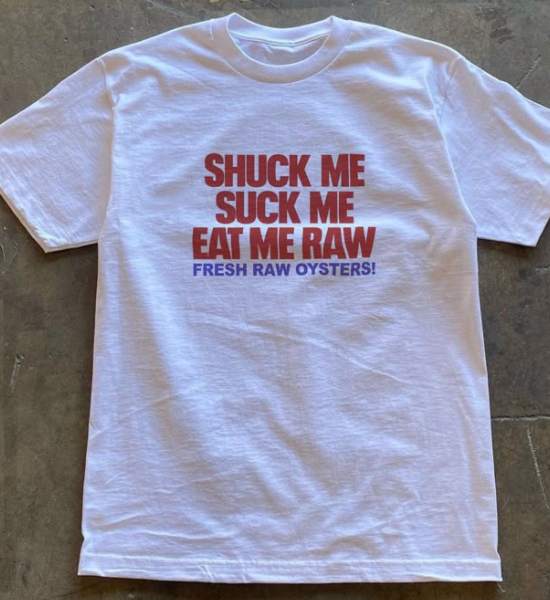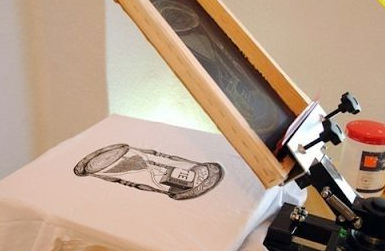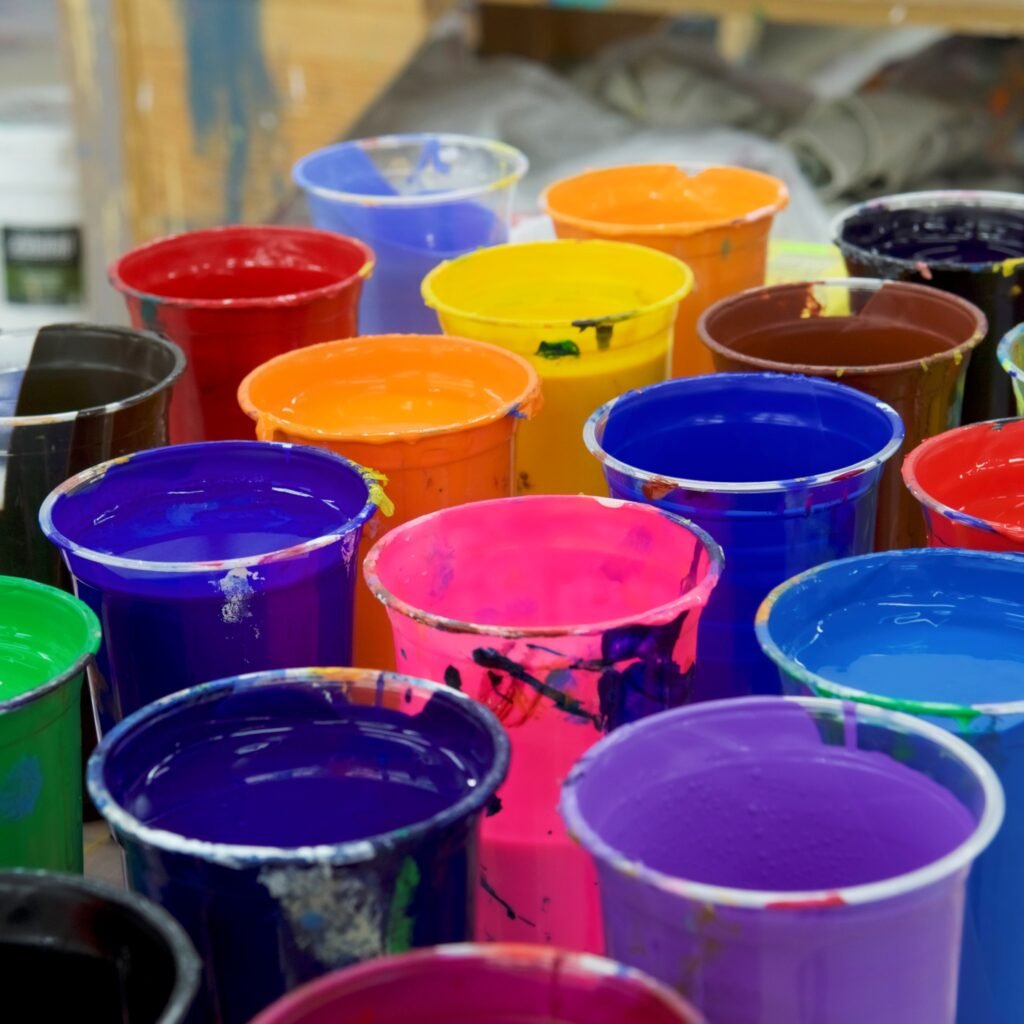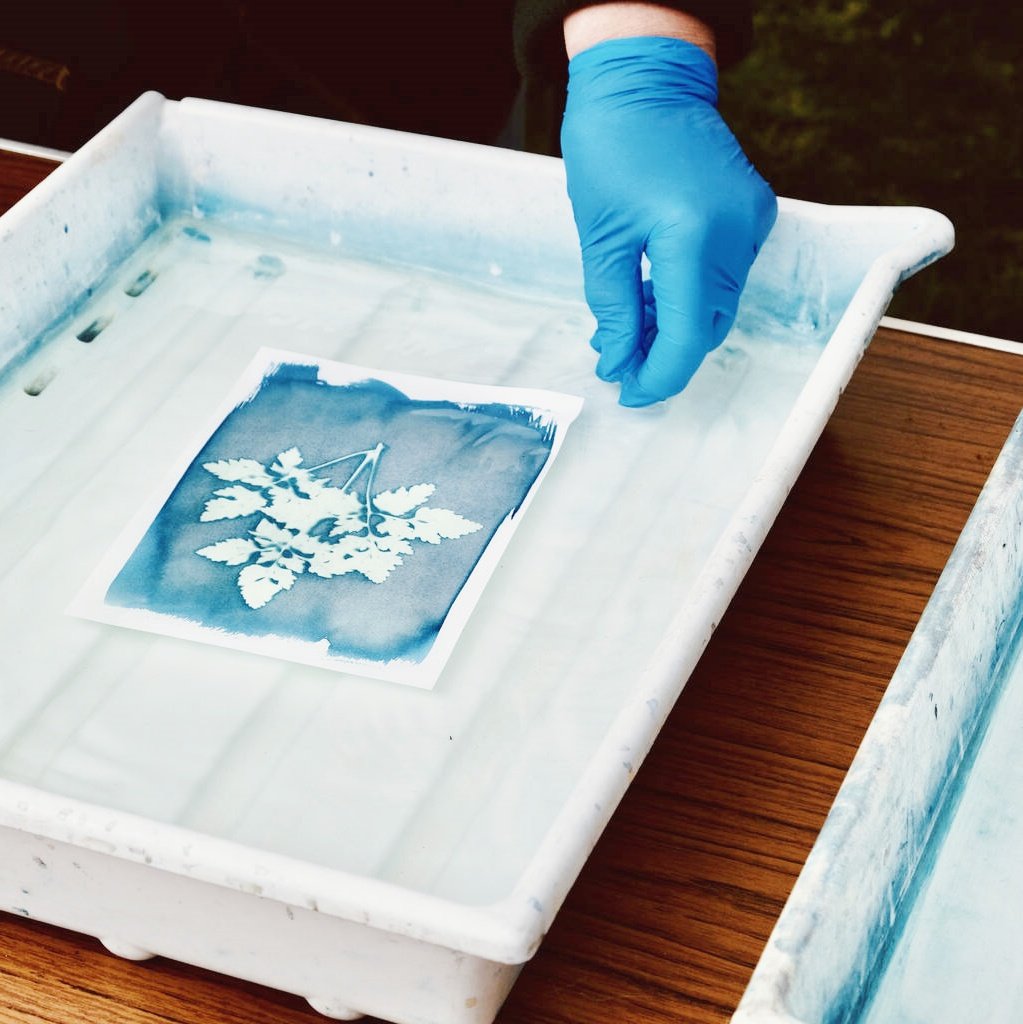Indholdsfortegnelse
Plastisol blæk med høj densitet: The Game Changer i serigrafi
Plastisol blæk med høj densitet is changing the world of screen printing. This thick, strong ink lets you make 3D designs, lyse farver, and prints that last for years. Let’s learn how it works and why you should try it!
Hvad er højdensitetsplastisolblæk?
Plastisol blæk med høj densitet is a special ink used in Serigrafi. It is made from:
- PVC harpiks (en type plastik).
- Blødgøringsmidler (oils that make the ink soft).
- Tilsætningsstoffer (to make it thick and strong).
When heated, this ink hardens into a raised design you can feel with your fingers. Brands like Wilflex Quantum HD og FN Ink Xenon Series make popular versions of this ink.

Top 5 Reasons to Use High-Density Plastisol Ink
- 3D Texture: Makes designs pop out like a sticker.
- Bright Colors: Stays vibrant on black shirts and dark fabrics.
- Holdbarhed: Won’t crack, fade, or peel after washing.
- Virker på mange materialer: Use it on cotton, polyester, bags, mugs, and more.
- Omkostningseffektiv: Saves money because prints last longer.
How to Use High-Density Plastisol Ink
Tools You Need:
- EN skærmen med 110-160 mesh antal.
- EN gummiskraber (to push ink through the screen).
- EN flash tørretumbler (to heat and harden the ink).
Trin-for-trin guide:
- Gør skærmen klar:
- Use thick emulsion.
- Keep the screen slightly above the fabric.
- Udskriv designet:
- Layer the ink 2-3 times.
- Use the flash dryer between layers.
- Kurer blækket:
- Heat at 320°F for 45-60 seconds.
Pro-tip: Machines like M&R udskrivningsudstyr give the best results.
High-Density Plastisol vs. Other Inks
| Blæktype | Bedst til | Værst for |
|---|---|---|
| High-Density Plastisol | 3D textures, bold logos | Miljøvenlige projekter |
| Vandbaseret blæk | Soft, light designs | Dark fabrics |
| Udledning blæk | Vintage, faded looks | Polyester materials |
Eksempel: Choose high-density plastisol for hats or shirts with raised logos.
Løsning af almindelige problemer
| Problem | Løsning |
|---|---|
| Revner | Cure longer at 320°F |
| Color Bleeding | Tilføje low-bleed agents |
| Ink Not Sticking | Clean the fabric first |
Tool to Try: Rutland EVO additives help prevent bleeding.
Eco-Friendly High-Density Inks
Newer inks are safer for people and the planet:
- Phthalate-free options (like MagnaColours).
- Følge Øko-Tex Standard 100 (safe for skin contact).
Tip: Recycle screens and ink containers to reduce waste.
Eksempler fra den virkelige verden
- Nike: Uses 3D ink on sports jerseys for texture.
- Adidas: Makes limited-edition shirts with raised logos.
- Artists: Create gallery art with tactile designs.
Event: See new inks at TRYK United Expo.

Future Trends
- Hybridblæk: Mix plastisol with water-based inks for softness + durability.
- Digital Tools: Software like AccuRIP helps design precise patterns.
Should You Try High-Density Plastisol Ink?
Yes if you want:
- Designs that skille sig ud.
- Prints that survive 100+ washes.
Start small: Test it on a sample fabric first!
Ofte stillede spørgsmål
Can I use this ink on polyester?
Yes! Add a low-bleed agent to stop colors from spreading.
Can I print fine details?
Brug en 160+ mesh screen for thin lines and small text.
How to reduce waste?
Measure ink carefully and reuse screens.



